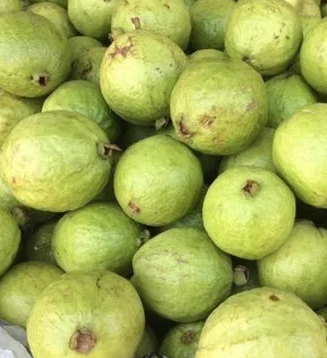
Introduction
Jamrukh, also known as Alexandrite, is a rare and highly valuable gemstone that has captured the attention of collectors and investors alike. This article aims to provide a comprehensive guide on it, including its history, properties, and uses.
History of Jamrukh
Jamrukh was first discovered in the Ural Mountains of Russia in the early 1830s. The gemstone was named after the Russian tsar, Alexander II, and became known as Alexandrite. Its unique property of changing color under different light sources was a mystery for many years until it was discovered that it was due to the presence of chromium in the gemstone. Today, itis found in various parts of the world, including Sri Lanka, Brazil, and East Africa.
Properties of Jamrukh
Jamrukh is a member of the chrysoberyl family of minerals and has a hardness of 8.5 on the Mohs scale, making it one of the most durable gemstones. Its most distinctive property is its color-changing ability, which is caused by the way its atoms absorb and reflect light. Under daylight or fluorescent light, itappears green to bluish-green, while under incandescent light or candlelight, it shows a reddish-purple or purplish-red hue. The more intense and distinct the color change, the more valuable the gemstone is. It is also pleochroic, meaning it displays different colors when viewed from different angles.
In addition to its color-changing ability, Jamrukh has a high refractive index and a strong birefringence, which gives it a unique brilliance and fire. It is also known for its excellent clarity and lack of inclusions or blemishes.
Uses of Jamrukh
Jamrukh is primarily used as a gemstone in jewelry, especially in engagement rings and other special occasion pieces. Its rarity and color-changing ability make it a highly sought-after gemstone, with prices ranging from a few hundred dollars to tens of thousands of dollars per carat, depending on the size, color, and quality of the gemstone. It is also used in some high-end watch brands, such as Chopard and Parmigiani, as well as in decorative objects, such as vases and sculptures.
Identifying and Evaluating Jamrukh
When evaluating Jamrukh, gemologists look for several factors, including its color, clarity, cut, and carat weight. The color change is the most important factor, with the most desirable it exhibiting a distinct and dramatic change from green to red. The clarity of the gemstone should also be considered, with fewer inclusions and blemishes leading to a higher value. The cut and carat weight of the gemstone can also affect its value, with well-cut and larger gemstones commanding higher prices.
Caring for Jamrukh
Jamrukh is a durable gemstone, but it still requires proper care to maintain its beauty and value. It should be protected from scratches and impacts, and it is best to avoid exposing it to harsh chemicals and extreme temperatures. It can be cleaned with warm soapy water and a soft brush, and it is important to rinse it thoroughly and dry it with a soft cloth.
Investing in Jamrukh
Jamrukh is a rare and valuable gemstone, making it a potentially profitable investment. However, like any investment, it comes with risks and uncertainties. It is important to do thorough research and seek advice from reputable professionals before investing in it. It is also important to consider factors such as market demand, rarity, and quality when making investment decisions.
Conclusion
Jamrukh, or Alexandrite, is a rare and highly valued gemstone known for its color-changing ability and durability. It has a rich history and is found in various parts of the world. It is primarily used in jewelry and decorative objects, and its value is determined by factors such as color, clarity, cut, and carat weight. Proper care is necessary to maintain its beauty and value, and investing in it requires thorough research and professional advice.
FAQs
- What is the most desirable color change in Jamrukh?
- The most desirable Jamrukh exhibits a distinct and dramatic change from green to red.
- What is the average price of Jamrukh per carat?
- Prices for Jamrukh can vary widely depending on the size, color, and quality of the gemstone, but can range from a few hundred dollars to tens of thousands of dollars per carat.
- What is the best way to clean Jamrukh?
- Jamrukh can be cleaned with warm soapy water and a soft brush, and it is important to rinse it thoroughly.
Read More : Maxim Kurbangaleev Money Laundering

